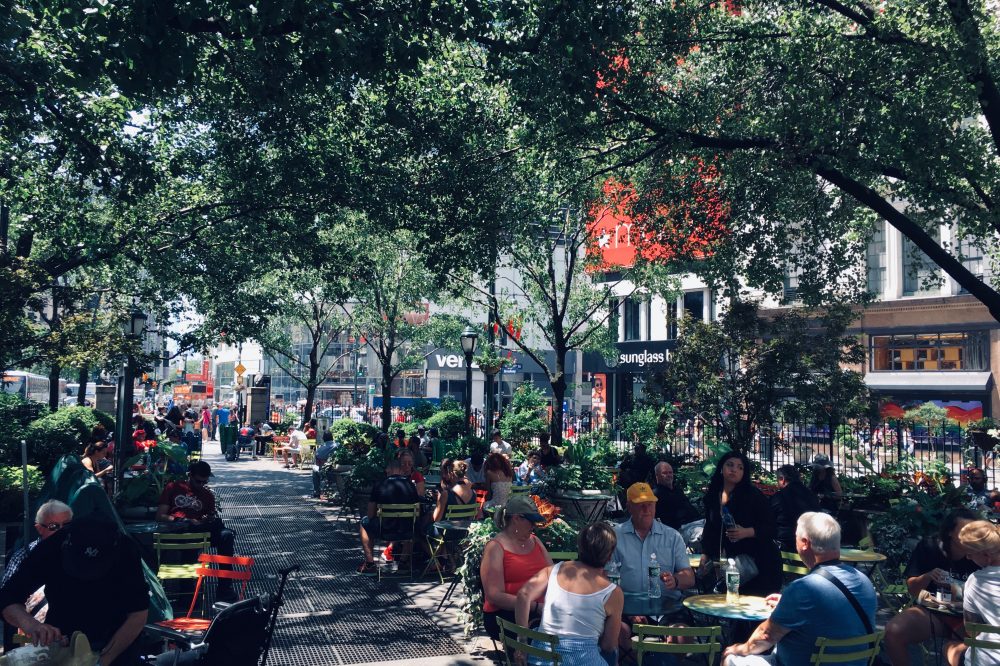A statistical analysis of over 1 million property transactions between 1995 and 2010 from the Nationwide building society, and data on the characteristics of over 8000 English conservation areas. This is the first rigorous, large-scale, analysis of the effects of conservation areas on house prices in England.
An assessment of people’s perceptions of conservation areas, and how these relate to house prices. This involved a survey of residents in 10 conservation areas in and around London, supplemented by interviews with local planning officers.
What the analysis of house prices found
- People value living in conservation areas
Houses in conservation areas sell for a premium of 23% on average. A premium of around 9% exists even after adjusting for other factors that affect house prices such as location and type of property. This adjusted premium was lower for conservation areas deemed to be ”at risk”, being approximately 5%. - Conservation areas have had stronger house price appreciation than other areas
On average, property prices inside conservation areas have grown at a rate that exceeded comparable properties elsewhere by 0.2% a year. - Properties closer to the centre of conservation areas sell for more
The premium for living towards the centre is approximately double that at the edge controlling for other factors, suggesting that people value being surrounded by a greater density of heritage. - People value living near to conservation areas
There is also a premium (albeit less) for properties outside conservation areas being more closely located to a conservation area. This premium is found to decline from the boundary of the areas and becomes 0 at around 500-700m distance. English Heritage
